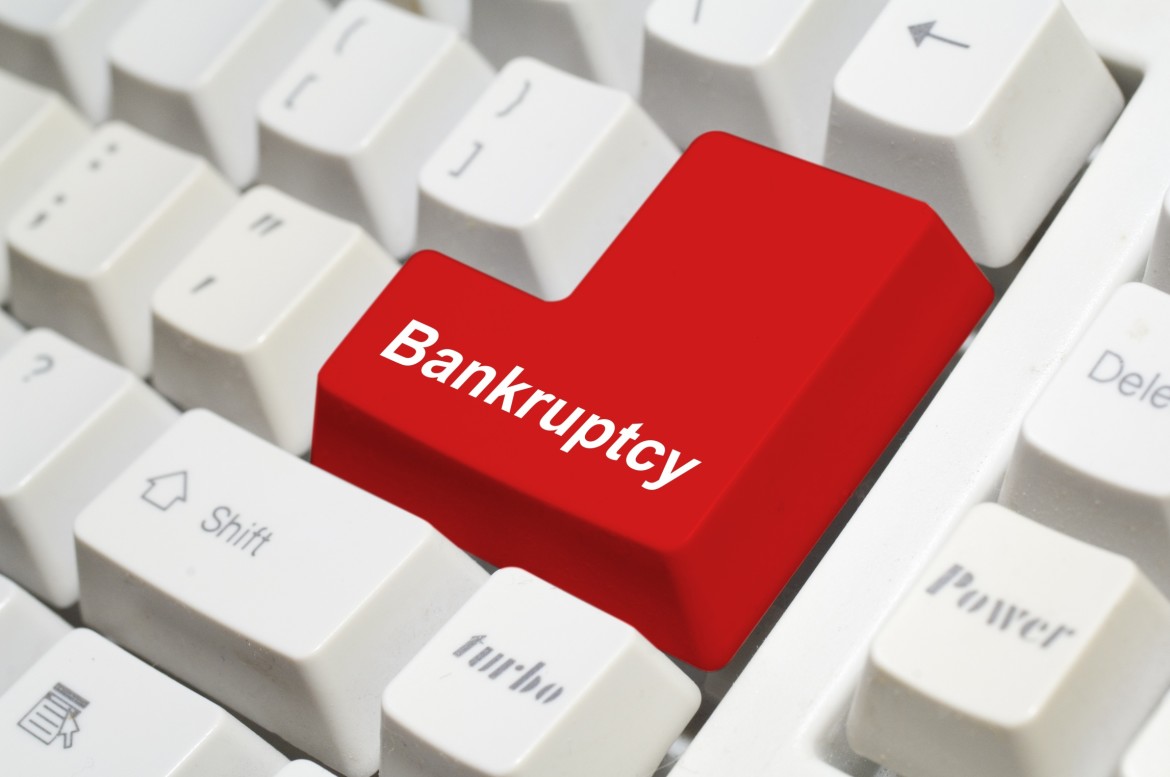Bad news always comes in threes, some say. But pension savers may not feel as pessimistic as some, with three positive outcomes announced recently in short succession.

May saw HMRC clarify the tax consequences for members who have applied for IP2016 or FP2016 protection using the interim application process but who fail to follow this up with an online application.
The good news was that such individuals would not lose their protection, their pension savings will continue to be protected and there will be no tax consequences.
However, HMRC have asked scheme administrators to promote the benefits of applying online and obtaining a permanent reference. One such benefit is that where an individual applies for a permanent reference number, details of their IP2016 or FP2016 (and any previous lifetime allowance protections) will show in their personal tax account.
In addition, when the pension scheme administrator look up service becomes available, it will only validate permanent reference numbers.
The online service for scheme members to apply for protection from the lifetime allowance tax charge will be available from the end of July 2016.
May also saw the FCA launch their consultation in relation to capping early exit pension charges. The thrust of the proposals being to cap early exit charges at 1% in respect of existing contracts, and to prohibit such charges for any new contracts when the rules come into force (from April 2017).
This is no doubt good news for those in the estimated 747,000 existing contracts subject to such an early exit charge. The FCA projects that the introduction of this measure will increase exits by almost 25%. Thus delivering the objective of consumers being able to access the pension freedoms easily and at a reasonable cost.
@sipp are currently drafting their response to the consultation which closes on 18 August 2016.
Last and certainly by no means least, was the welcome guidance from a recent High Court ruling that only pension in payment can be targeted by a bankrupt’s creditors. Thus protecting a bankrupt’s pension where they have an entitlement but have not drawn.
The long held view was thrown into doubt back in 2012 when the court decided, in the case of Raithatha v Williamson, an income payment order could be made in respect of undrawn pension amounts.
However, a conflicting decision was given in 2014 when the court held, in the case of Horton v Henry, that undrawn pensions did not constitute funds to which the bankrupt was entitled and therefore could not be made subject to an income payment order.
But in the recent case, Hinton v Wotherspoon, the court stated that the approach in the Horton case was “plainly correct”. Where an election has not been made, the mere existence of a drawdown fund is not sufficient to establish an entitlement for the purposes of an income payment order.
Against the backdrop of uncertainty following the EU referendum result, people might place more value on the increased certainty these stories provide, albeit just in terms of their pension savings.
